
NOTE: As we were about to publish this article, the city of Madrid made a very important decision involving Medialab Prado. On February 24, after the institution’s artistic director was fired, it was announced that Medialab Prado would be transferred to Matadero Madrid. The city hall’s plan is to transform the old sawmill’s space—which was restored to house the citizen laboratory project—into a contemporary art center. This would, in effect, cause the dissolution of the project. The decision incited a strong response from a number of artists, activists, cultural managers, and other agents. They swiftly organized the manifest wearethelab.org to fight for the permanence of the space as an international reference center for projects of social innovation, citizenship, citizen participation, and maker culture. At the day of publication, the manifesto had already been signed by more than 4800 people, and the debate continues on social media.
In May 2015, Madrid, Barcelona, Zaragoza, Valencia, La Coruña, Ferrol, Santiago de Compostela and Cádiz—a considerable portion of the Spanish urban fabric—elected new progressive mayors, in what became known as the ayuntamientos del cambio or “municipalities of change.” Born out of the demands of the 15M, the anti-austerity movement that erupted in the country in 2011, these governments were strongly rooted in activism: committed to the commons, to empowering marginalized groups, and to promoting participatory processes. Although short-lived—most of the ayuntamientos del cambio were voted out of office in 2019—these governments advanced various experiments toward what I call a “community approach to cultural management.”
“although in Spain—and in several other countries—participatory approaches are being tested in some sectors of the State, in my experience, these processes have seldom been attempted for the cultural public sector”
After years of experience as a cultural worker in São Paulo—including managing Vila Itororó Canteiro Aberto, an experiment of a public cultural center in a construction site—in 2018, I decided to take another step and study social and communal political practices. Although I did not experience the 15M movement first hand, as it emerged, I knew instantly that its outcomes would directly impact my research.
I arrived in Madrid during the second half of Manuela Carmena’s progressive mayorship to discover several cultural programs proposing direct community participation in their discourses and methodologies. Their goal was to promote changes through designing and enacting public policies that empower the local basis. One government plan, titled Madrid Ciudad de los Cuidados, worked across areas such as health, urbanism and culture; and was committed to centering sustainability, daily life and care in all of its political decisions. This was really interesting, because although in Spain—and in several other countries—participatory approaches are being tested in some sectors of the State, in my experience, these processes have seldom been attempted for the cultural public sector.
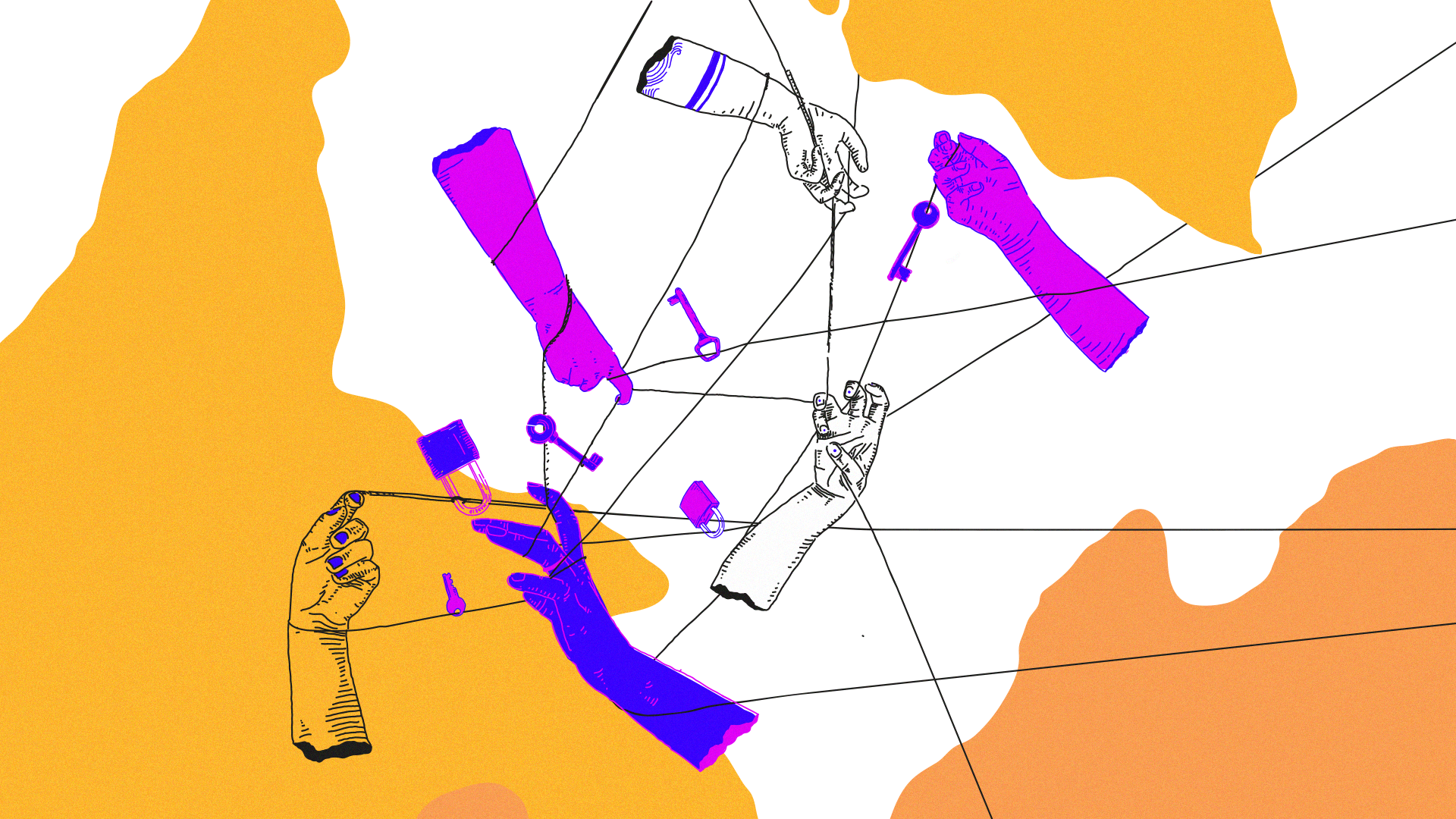
It was only recently that culture became a state mission. In Europe, for example, the beginning is often attributed to the creation of the French Ministry of Culture in 1959. This ministry was put in charge of national museums and historical monuments, with the mandate to maintain national identity through the arts, and to promote the “right to culture.” Spain followed a similar trajectory, with its Ministry of Culture being established during the transition to democracy in the late 1970s.
This broad process of institutionalization established an idea of “cultural development”—that is, culture as something to be expanded, enlarged, or brought to the masses. This framework clearly delineates and separates those who have culture and those who don’t; those who “are developed” and those who need “to be developed.” Even though the notion has changed in the last few decades, it is still difficult to distance it from a linear notion of progress.
“Terms such as “community”, “empowerment”, “mediation” and “participation” began to appear more often in public policies, stressing the importance of the territory and its production, as well as the breadth and capillarity of each district and neighbourhood.”
However, in recent years, various governments such as the municipality of Madrid began to look at culture otherwise, and embrace more “circular” and “ramified” approaches—that is, culture as something that grows in different directions, according to what is needed to strengthen each local context. Terms such as “community”, “empowerment”, “mediation” and “participation” began to appear more often in public policies, stressing the importance of the territory and its production, as well as the breadth and capillarity of each district and neighbourhood. In such an approach, cultural management closer resembles community work, which is a key area of social work, and the two therefore merge into what can be called a community approach to cultural management. Unlike the notion of charity and repression of pre-industrial societies or welfare policies, this approach aims at strengthening the various communities so that they could gain agency to enact change.
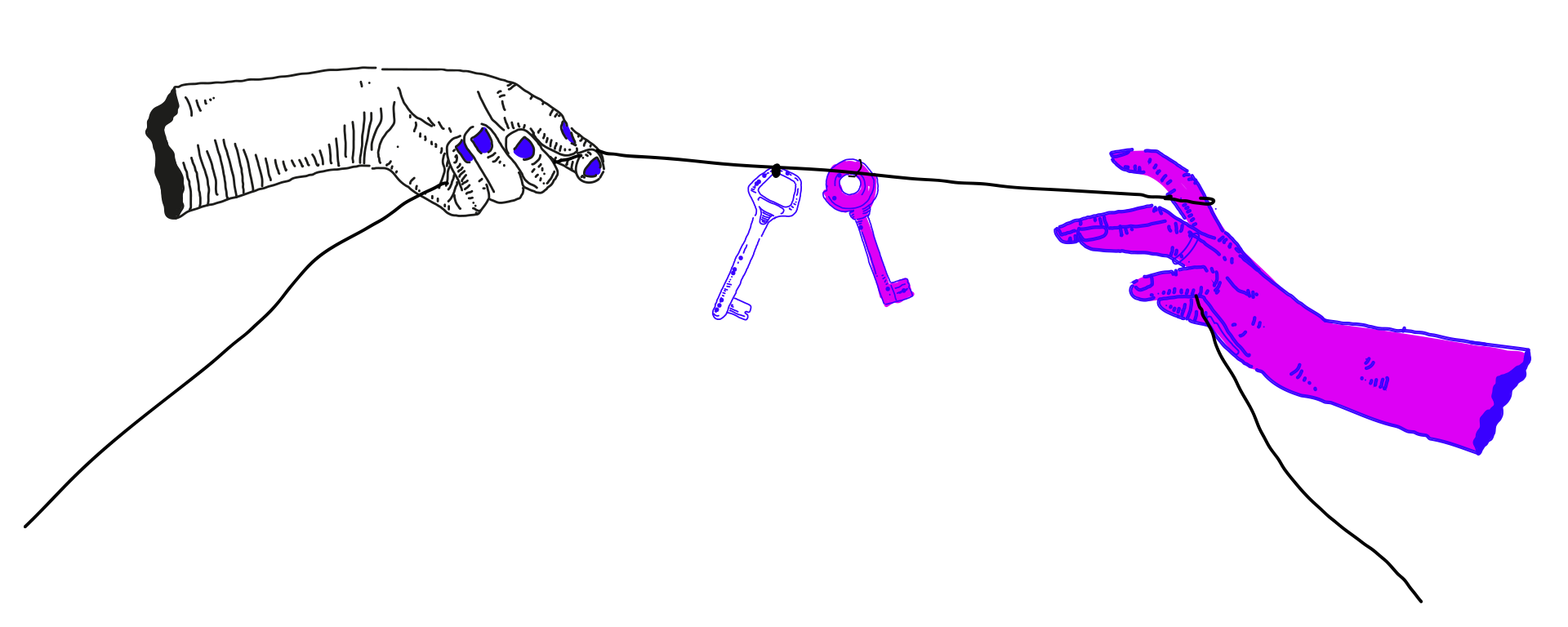
Centralized Decentralization
The four years of Manuela Carmena’s progressive government remained a parenthesis in the recent democratic history of Madrid; in 2019, a right-wing bloc took over power. During this short period, the city saw five different public cultural programs engaged with community processes, from which dozens of projects—with varying degrees of community participation—radiated to 14 of the city’s 21 districts. All of the five programs, however, stemmed from two institutions located in the central area of the city, both run by the city council through the same public company. The first is the Medialab Prado, a self-described “citizen lab” that uses collective intelligence to prototype commons, which operates programs centered around ideas of social innovation and co-creation. The second is Intermediæ-Matadero, a space dedicated to socially committed artistic practices that led programs closely related to artivism—that is to say, when “art leaves the institutional spaces to dissolve into the street, and the audience becomes participant”, as explained by cultural manager Claudia González.
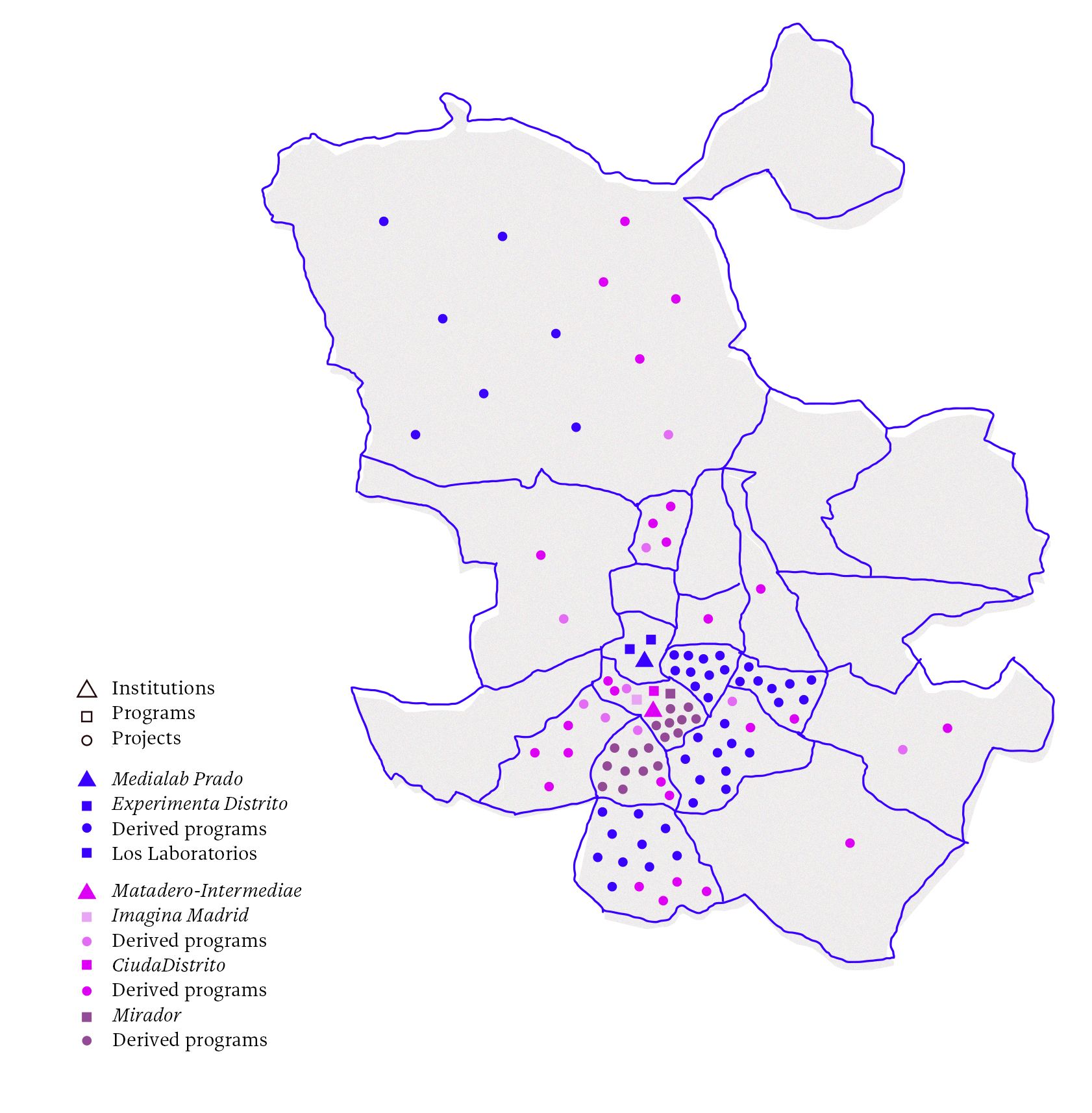
The overwhelming majority of all programs consisted of open calls for project ideas, proposals, and collaborators. For example, CiudadDistrito aimed to bring diverse connective, inclusive and quality cultural programming to the various districts through a rolling call for projects in various areas such as “community creation” or “feminisms.” On the other hand, Imagina Madrid sought to promote public and community art through an open call for interventions in nine different locations of the city including squares, streets, buildings and parks. Focusing on the districts of Arganzuela and Usera, both adjacent to the Matadero center, Mirador sought proposals by individuals and groups, and offered facilities such as workshop rooms, exhibition halls and auditoriums, as well as financial resources to the selected projects. Experimenta Distrito, a project in which I participated as a cultural mediator in one of its editions, aimed to bring so-called “citizen labs”—collaborative spaces for experimentation and learning, where participants worked in synergy to develop ideas for improving local life—to the various districts of Madrid. Its five editions followed the exact same structure regardless of location: first, a call for proposals around predefined themes such as community health, education or vicinity; followed by calls for collaborators, who then met in ateliers to prototype ideas.
Out of the five programs, only one called Los Laboratorios opened a forum to discuss the design of the policies themselves—which is why it really captured my interest. With a total of four editions between 2016 and 2017, Los Laboratorios brought together citizens, cultural stakeholders, and municipal authorities to discuss formats and tools to co-produce cultural policies. Its last edition, Lab4, diagnosed the operation of the district's public cultural centers, and generated a strategic plan for their management. As the mediator Daniel Palacios explained, with much enthusiasm: “It was a success because a lot of people came from the neighborhoods! The diagnosis was shared, people wanted to manage the centers, people wanted to participate in them; they wanted to create their own programs and democratic structures.”
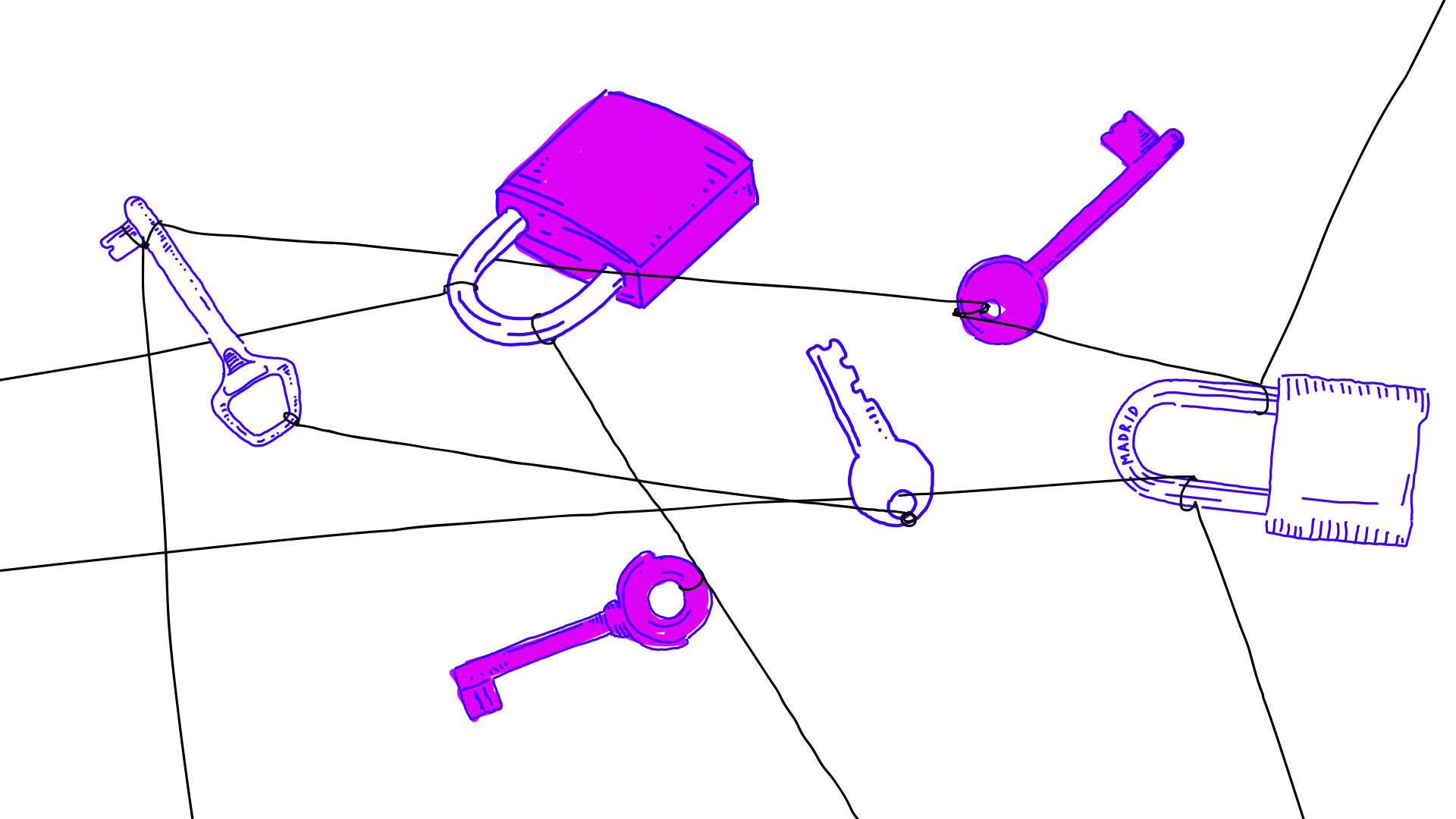
Who Makes the Culture?
“We weren’t the ones who made the culture there,” said Claudia González, coordinator of CiudaDistrito. “The culture was made by the local residents. We simply organized it and produced it in some way.” Claudia explained that CiudaDistrito’s Barrios project brought the artistic tools—hip hop, graffiti, and poetry—to help young people understand their value and tell their own story. Another project, Experimenta Distrito in the district Puente de Vallecas, featured a group of older women who proposed Mujeres Visibles, a community radio show to talk about their invisibilized histories. Yet another group, Locus Convivii, proposed to design a “safe space”—physical and symbolic—to discuss alternative, more inclusive approaches to treating mental health issues.
“In that sense, there is a certain confusion between participation and consultation—that is, who designs the cultural programs itself, and who merely selects or contributes to predefined demands.”
Overall, participation mostly materialized through open calls for projects and participants, and to a lesser extent, through open forums and public discussions. In that sense, there is a certain confusion between participation and consultation—that is, who designs the cultural programs itself, and who merely selects or contributes to predefined demands. The format of each program, including where and how they would occur, was already defined before arriving in the districts and communities, usually without the citizens’ participation. However, according to Daniel Palacios, the phrase “we want the keys to the cultural centers!” was constantly voiced during the sessions, showing that people wanted to be implicated from the beginning to the end of the process of decision making, not just as consultants or contributors.
Generally speaking, through these various programs, the city of Madrid sought to decentralize the access to culture. Indeed, as the coordinator of Mirador Arganzuela, Daniel Fernández, said: “What they [the government] wanted to do was to reverse a centralist and totally commercialized logic to do a rather symbolic intervention in citizen participation.” However, in all cases, cultural policies are still being defined from a center—literally, two main institutions design all of the programs and their structure, as well as select the projects from the open call. This process ended up contributing to enhancing a consultative relationship with the communities.
What is more, of the five programs, only one—Experimenta Distrito—continued to exist after the 2019 elections, albeit with changes to its structure and budget. With the change in administration, CiudaDistrito was reformulated, and now “community creation” no longer features among its disciplines. Although Imagina Madrid and Mirador were initially envisioned as long-term experiments, both programs were discontinued in December 2019 without explanation. In November 2017, Los Laboratorios ended abruptly in the middle of the mandate, without even publishing the new plan for the district's cultural centers discussed on Lab4.
“Community processes need time, and they “cannot be limited or exhausted in a project or program on time,”as explained by Marco Marchioni, a noted community worker.”
It is evident that cultural programs are often not sustained throughout the course of political changes. This has more to do with the “game” of democracy itself, where the change of government often implies having to leave a legacy. New, opposing governments often remake the programs for each legislature from the beginning, without taking advantage of what has been built before, or sometimes change only the name of a program to make it appear as if it is new. This was the case with CiudaDistrito which has been called Distrito Arte, as well as Madrid Activa!, and now it's called 21Distritos. There seems to be no time to go deeper, but time is actually crucial. Community processes need time, and they “cannot be limited or exhausted in a project or program on time,” as explained by Marco Marchioni, a noted community worker. This is because there is a process of landing and strengthening relations with citizenship that takes time. “It is very difficult to start; it is very difficult to make the first mental map of everything,” declared Alicia Ruiz, from Mirador Usera. As a result, what is often proposed as seeds for structural change disappear in the basements and drawers of public administration.
In Madrid’s case, this was due, on one hand, by an “overflow” of demands and an “overburden” of capacities—as evidenced by these various programs which were still being managed by only two rooms in the central area of Madrid. On the other hand, the progressive government of Manuela Carmena faced multiple media controversies and opposition attacks, which clearly interfered with the administration. For example, in 2017, Carmena decided to relocate the cultural counselor and assume the cultural department herself, which in turn led to an abandonment of that area in the government. As the cultural manager and professor Nicolás Barbieri points out, it seems that in the ayuntamientos del cambio, the democratization of access and the right to culture have been discussed; however, it has not deepened regarding inequality in the same way as in other areas such as education or health.
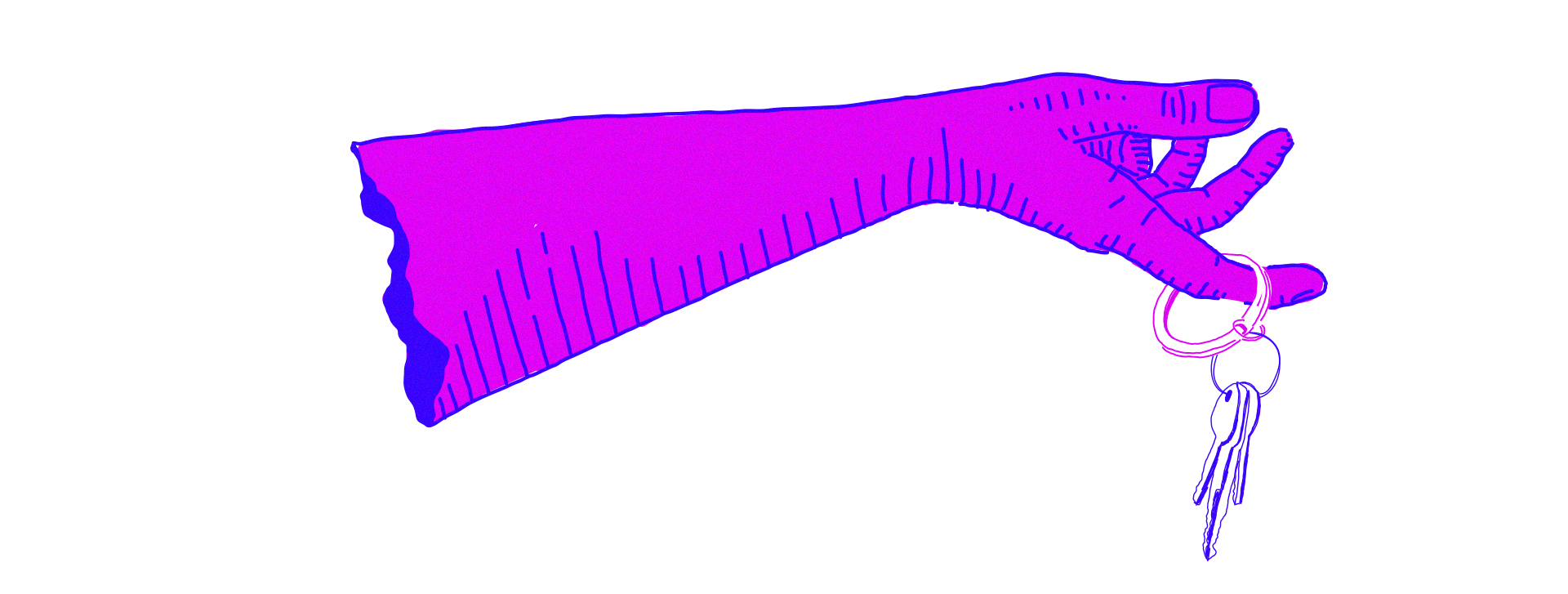
Towards Community Cultural Management
Organizing the lessons above, I came up with a table to present oppositions—or dichotomies—in different aspects of cultural management. Each column represents two extremes of a continuum, where practices oscillate depending on multiple variables. The idea is to start structuring what could be a community approach to cultural management. Although a table may seem like a finished scheme, there is no desire to arrive at a closed method, since the very notions of community and culture are broad and plural.
| Culture as a product | Culture as a Process |
|---|---|
| What do you want from culture? Culture that sells more. |
How do you want culture? Culture which brings people together. |
| Cultural Development | Community Cultural Management |
| Linear idea of progress. Economic development. |
Circular idea of strengthening. Recognizing identities. |
| Elitist Culture | Communal Knowledge |
| Culture is defined by a specific dominant group (determined by class, race, gender and ability). |
Who decides what culture is, is who produces it on a daily basis by living. |
| Administered Citizenship | Active Citzenship |
| Defining state. Control. Those in power know what is best for the whole. |
Empowerment. Citizen participation. Mediation between the State and citizens. |
“The more effective citizen participation a project has, the greater the feelings of belonging and of ownership—and therefore, the greater the possibility of people fighting for the continuity of a program, despite changing political platforms.”
In my opinion, sustaining transformations from one legislature to the next requires redesigning the public policies and legal frameworks themselves. The more effective citizen participation a project has, the greater the feelings of belonging and of ownership—and therefore, the greater the possibility of people fighting for the continuity of a program, despite changing political platforms. When the so-called public is also the protagonist in participating in the decisions around “what” culture is, and “how” it is created, we move closer to an idea of participatory democracy. This, according to anthropologist Néstor García Canclini, means the “plural development of cultures of all groups in relation to their own needs.”
“In that sense, what “others” consider to be better or more culturally interesting doesn’t really matter. What matters is what a community itself finds to be culture.”
In that sense, what “others” consider to be better or more culturally interesting doesn’t really matter. What matters is what a community itself finds to be culture. A local celebration, the neighborhood storyteller, a small restaurant that has been around for decades—all of these might be more culturally valuable for a community, rather than any so-called “contemporary” external artist or project. The unpublished report from Lab4 recommended that cultural managers pay attention to what is already existing in the communities, so as not to rule anything out “because it is considered prejudicially coarse, lazy or far from disruptive and empowering practices.” A way out of that tension has to do with listening and considering what already exists and works. This means the structures of the public institution itself, the knowledge of who is inside and understands the public machine, and also the knowledge of the territories. In my opinion, this mostly means observing and learning pre-existing successful experiences. In the end, who defines what is “culture” are the subjects themselves interested in having access to it.
Despite a desire for change, the public programs of the ayuntamientos del cambio in Madrid have remained more concerned with the idea of bringing culture “to” the community, and only sometimes consider “with” the community about “what” and “how” they want to do it. As a cultural worker who understands the complexity of acting in the public sector, I know that what has been done is already significant. It is not about who is on the frontline working in these programs, but rather about structures. It is more about the way of designing cultural policies that need to be rethought and updated. If we do not debate structure, putting the subject—the community—at the center of decision-making, we will continue to have programs more susceptible to begin and end between legislatures. Culture is already being produced in the districts and neighborhoods. At the heart of it, what people are looking for is to be able to have the keys to the cultural centers.
Helena Ramos (she/her), is a Brazilian cultural manager and producer working nationally and internationally. Her practice and research articulate culture, public policies, territory, community, and participatory processes. Helena holds a BA in Fine Arts (2007) and a MA in Community Social Work at the Universidad Complutense de Madrid (2020), with a dissertation on the community approach in public cultural management. From 2015 to 2018, she worked as a manager at Vila Itororó Canteiro Aberto, an experimental cultural center based on a construction site created to stimulate the public debate about the relationship between culture, housing, and heritage. Between 2010 and 2014, Helena worked at the São Paulo Biennial Foundation through its 29th, 30th, and 31st editions. She is one of the creators of the art exchange platform PLUS (São Paulo/Munich) and coordinated projects in Sesc SP and Goethe-Institut. Since 2014, she coordinates Landversation, a project by the Nigerian artist Otobong Nkanga, with editions in São Paulo (BR), Shanghai (CH), and Dhaka (BD). Currently, Helena is the production coordinator at MAM-Rio (Museum of Modern Art of Rio de Janeiro).
Aju Paraguassu is an artist and activist. Born and raised in Chapada Diamantina, Bahia, Brazil, Aju lives and works in Salvador since 22 years. She has a BA in Industrial Design from the School of Fine Arts at UFBA, and is the founder of Moringa Estúdio, which she co-directs with Renata Grimaldi.
















